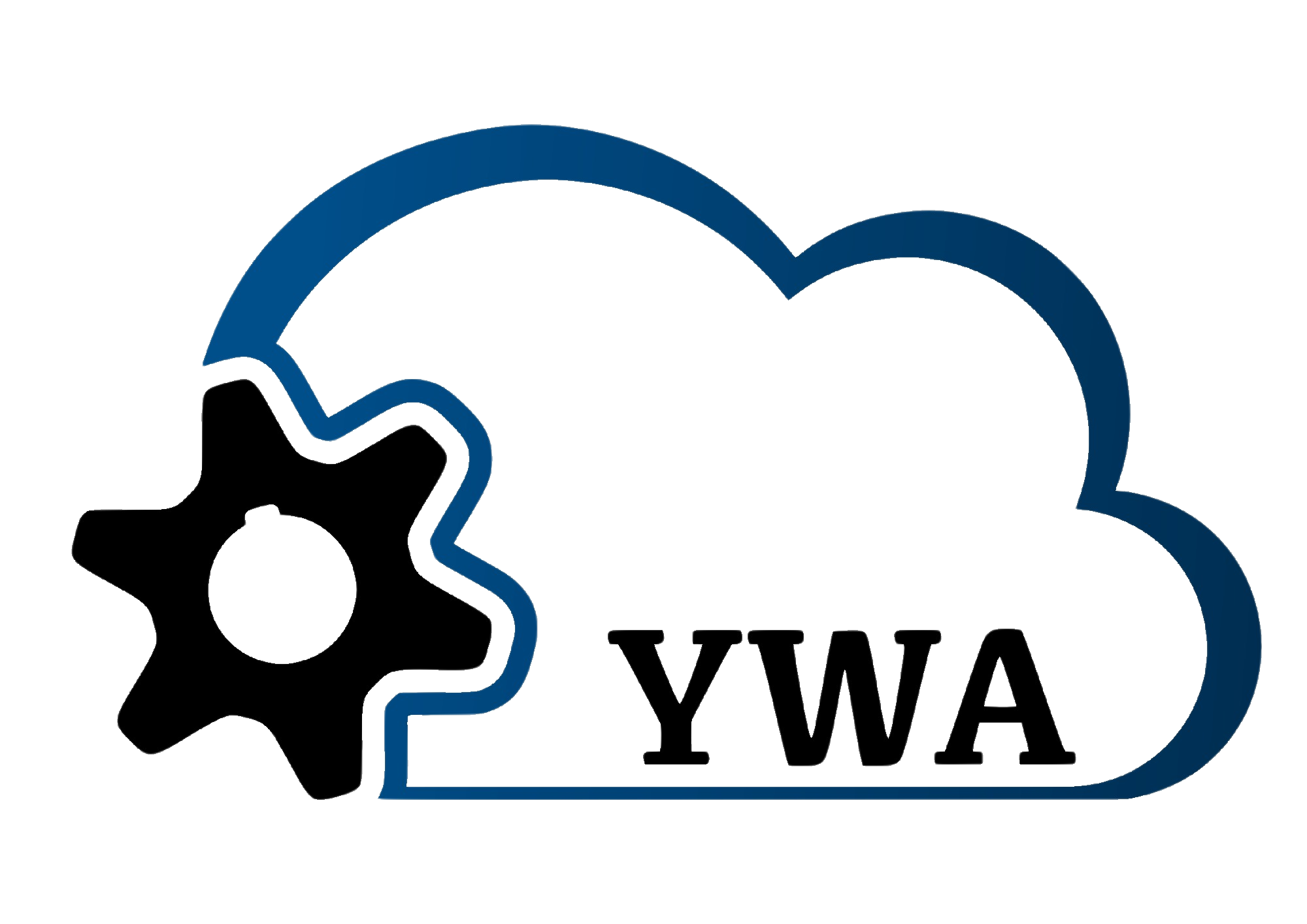Conveyer Exercises
Learning about components and their functions
Learning objective
Upon completing this exercise, you should be familiar with the most important components in the conveyor station.
Problem description
All automated systems use a range of components such as sensors, valves, motors, etc. It is important to be familiar with the function of the components in a system.
Learning objective
Upon completing this exercise, you should be familiar with the most important components in the conveyor station.
Problem description
All automated systems use a range of components such as sensors, valves, motors, etc. It is important to be familiar with the function of the components in a system.
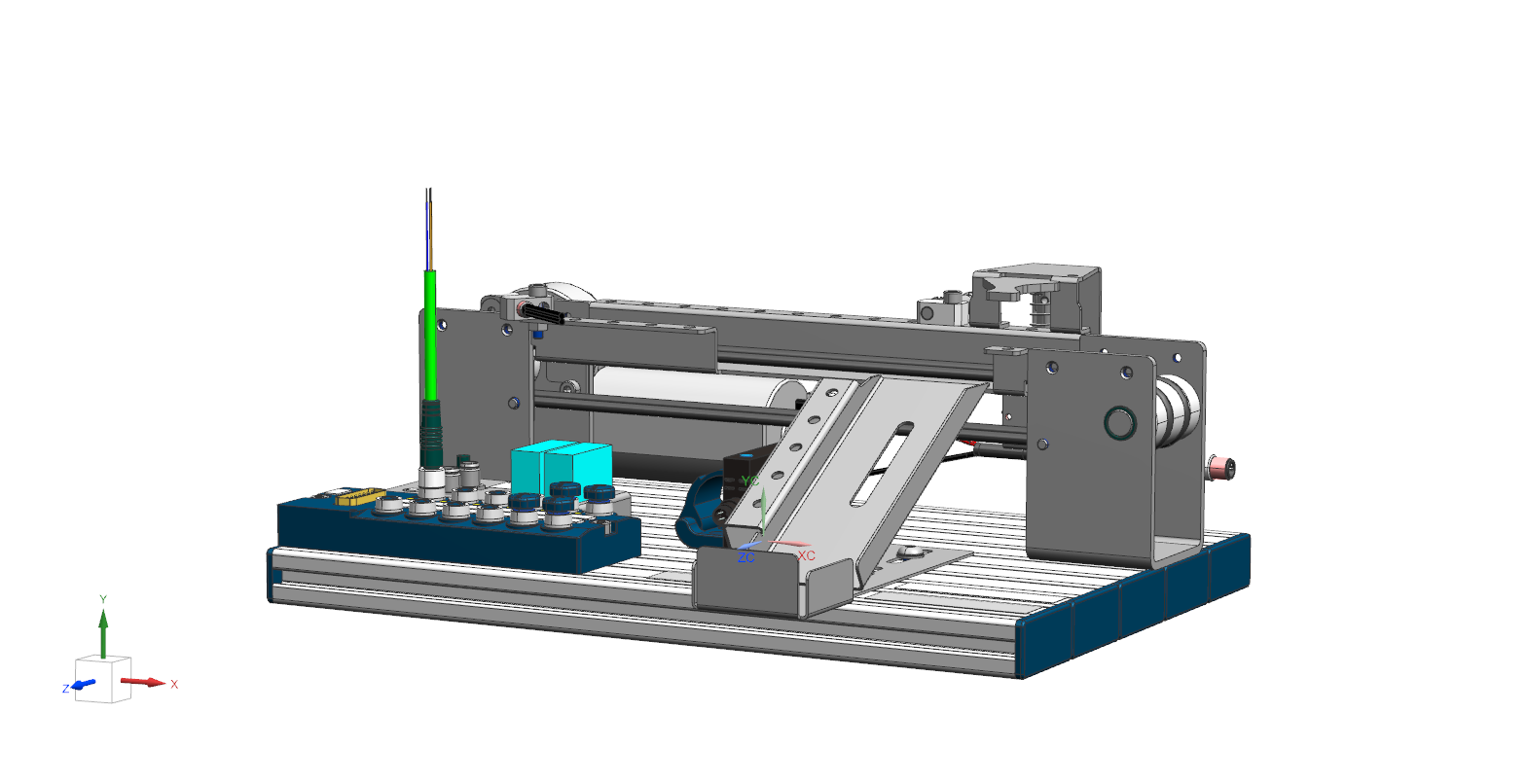
Match the components with their correct designation and describe their purpose within the station.
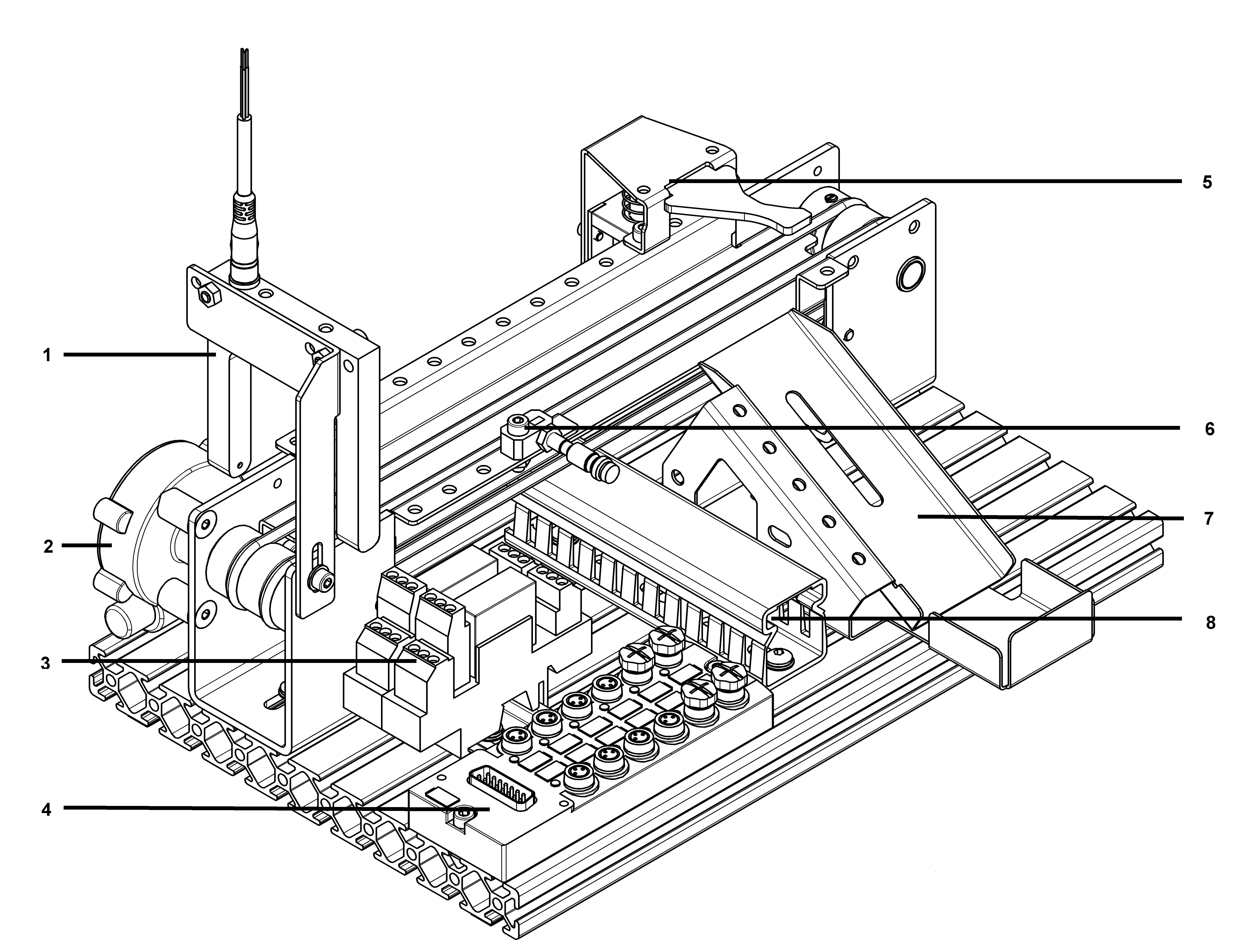
Function Description
The first station we are going to look at is the Conveyer Station. Its function is to transport and separate different product parts. In order to do so, the station consists of different components. A simple belt-conveyer is driven by an electric motor, which is powered with direct current (DC). A relay helps to control the motor in a specific manner. The transported product part is captured by an optical sensor at the beginning of the station. That’s useful to track and trace a part within the production process. Since different materials can be used for the product part, an inductive sensor detects metallic parts and sends a signal to the control station. If some kind of material has to be sorted out, a solenoid is activated. It will prevent the product part to proceed and forces the piece to go down the slide. All actuators and sensors need to be connected to the PLC with cables. A multi-pin-distributor collects all cables and provides the electrical connection to the control unit. For a clean and neat cable-management, a cable duct is installed.
No.
Designation
Function within the station
1
2
3
4
5
6
7
8
Learning about components, symbols and designations
Learning objective
Upon completing this exercise, you should be familiar with the symbols and designations of key pneumatic components
Problem description
All automated systems use a range of components such as sensors, valves, motors, etc. It is important to describe the function of the system clearly and simply to all involved. This is done using, among other things, electrical, pneumatic and hydraulic circuit diagrams. To understand these circuit diagrams, you must be familiar with the symbols used.
Match the components and symbols with the correct designations. Do this by dragging the designation to the component in the correct fields in the “Designation” column.
Learning objective
Upon completing this exercise, you should be familiar with the symbols and designations of key pneumatic components
Problem description
All automated systems use a range of components such as sensors, valves, motors, etc. It is important to describe the function of the system clearly and simply to all involved. This is done using, among other things, electrical, pneumatic and hydraulic circuit diagrams. To understand these circuit diagrams, you must be familiar with the symbols used.
Match the components and symbols with the correct designations. Do this by dragging the designation to the component in the correct fields in the “Designation” column.
Component
Symbol
Designation
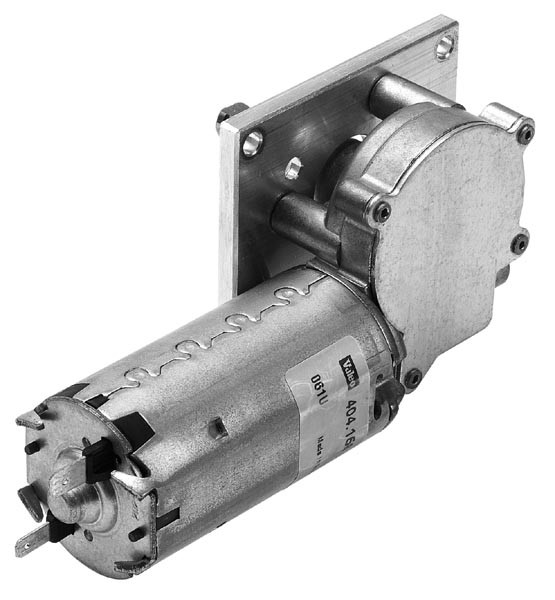

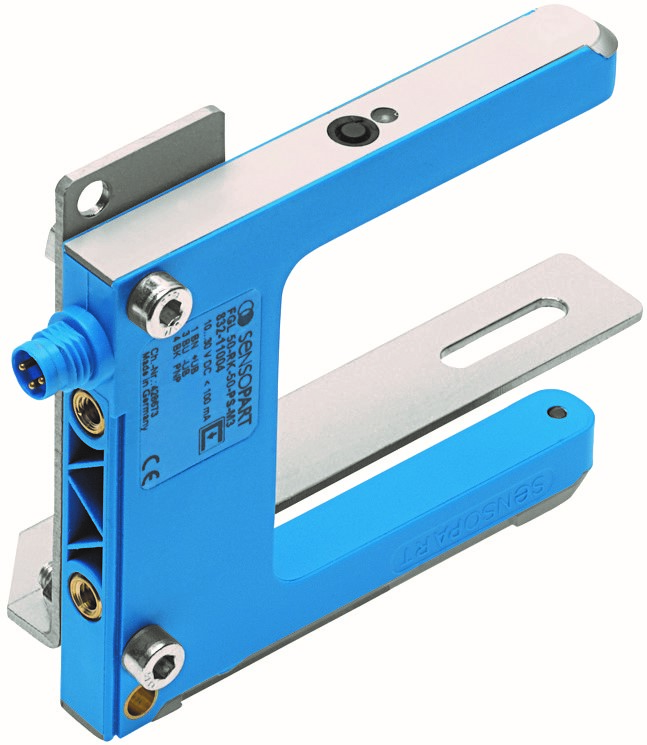

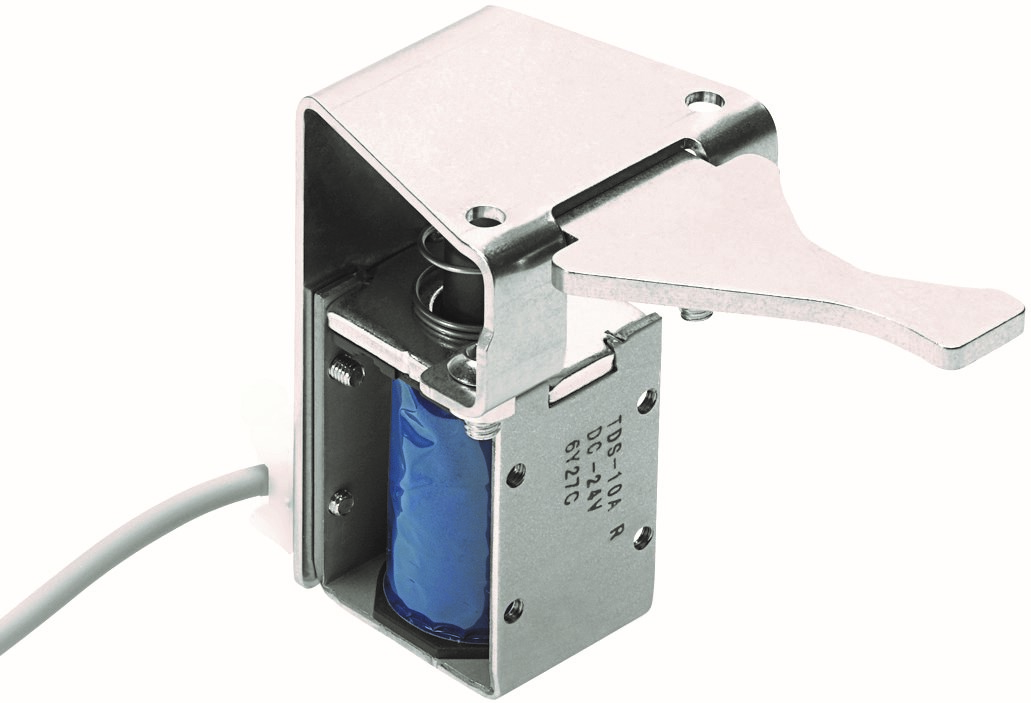

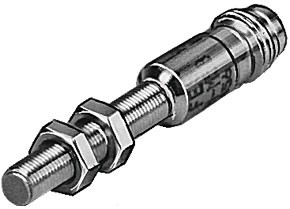

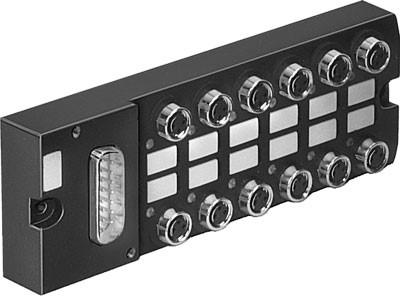
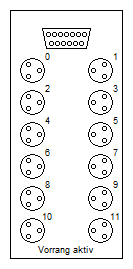
MBSE - Exercise Description
The Conveyer Station can be designed as a (sub-)system of a bigger production line. Systems modelling has increased in importance because of the complexity of modern systems. Model Based Systems Engineering (MBSE) is the computed aided method of conceptualizing and designing such systems. A commonly used description language is the Systems Modelling Language (SysML) which has some similarities to the Unified Modeling Language (UML). Components, parts and objects are represented as Blocks. Between elements, a relationship can be defined. They help us to understand how elements are related to each other and how they interact. Down below, you will find a table with elements and relations you will need for this exercise.
UML
SysML
Name
Symbol
Description
Example
Block

Represents an Element, Part, component or Object of a system

Aggregation

Represents a “is-a-part-of”-relation between elements
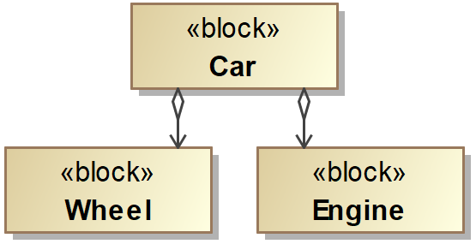
Composition

Similar to Aggregation but with existential dependency
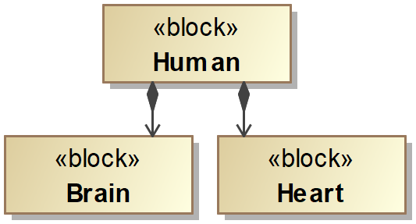
Association

Describes a generic relationship between elements

Exercise:
The Conveyer Station consist of different components. Each component is part of the Conveyer Station. The parts are called Opto Sensor, Inductive Sensor, DC Motor, Solenoid, Multi-pin plug distributor and PLC. The PLC contains a PLC Program with relevant instructions the PLC has to sequentially work off. The PLC Program is stored in the PLC memory. Therefore, if the PLC gets damaged, destroyed or exchanged the PLC Program won’t exist any longer.
The Inductive Sensor send signals to the PLC. Whereas, the control signals are sent from the PLC to the DC Motor.
Create a system model using SysML building blocks. Drag and drop each element in the right place.
The Conveyer Station consist of different components. Each component is part of the Conveyer Station. The parts are called Opto Sensor, Inductive Sensor, DC Motor, Solenoid, Multi-pin plug distributor and PLC. The PLC contains a PLC Program with relevant instructions the PLC has to sequentially work off. The PLC Program is stored in the PLC memory. Therefore, if the PLC gets damaged, destroyed or exchanged the PLC Program won’t exist any longer.
The Inductive Sensor send signals to the PLC. Whereas, the control signals are sent from the PLC to the DC Motor.
Create a system model using SysML building blocks. Drag and drop each element in the right place.
Pool of elements and relationships
Inspired by Festo


